Level Design
Multiplayer
Skirmish: Competitive mode for 12 players, who fight over the control of 3 flags.
Siege: Large scale mode in which defenders try to hold multiple objectives in and around the castle, while attackers can freely use unscripted siege equipment to scale the walls, or break down the gate and breaches.
Battle: Flexible mode that supports anywhere between 10 and 200 players and fields them against each other on big open terrains or tight back alleys.
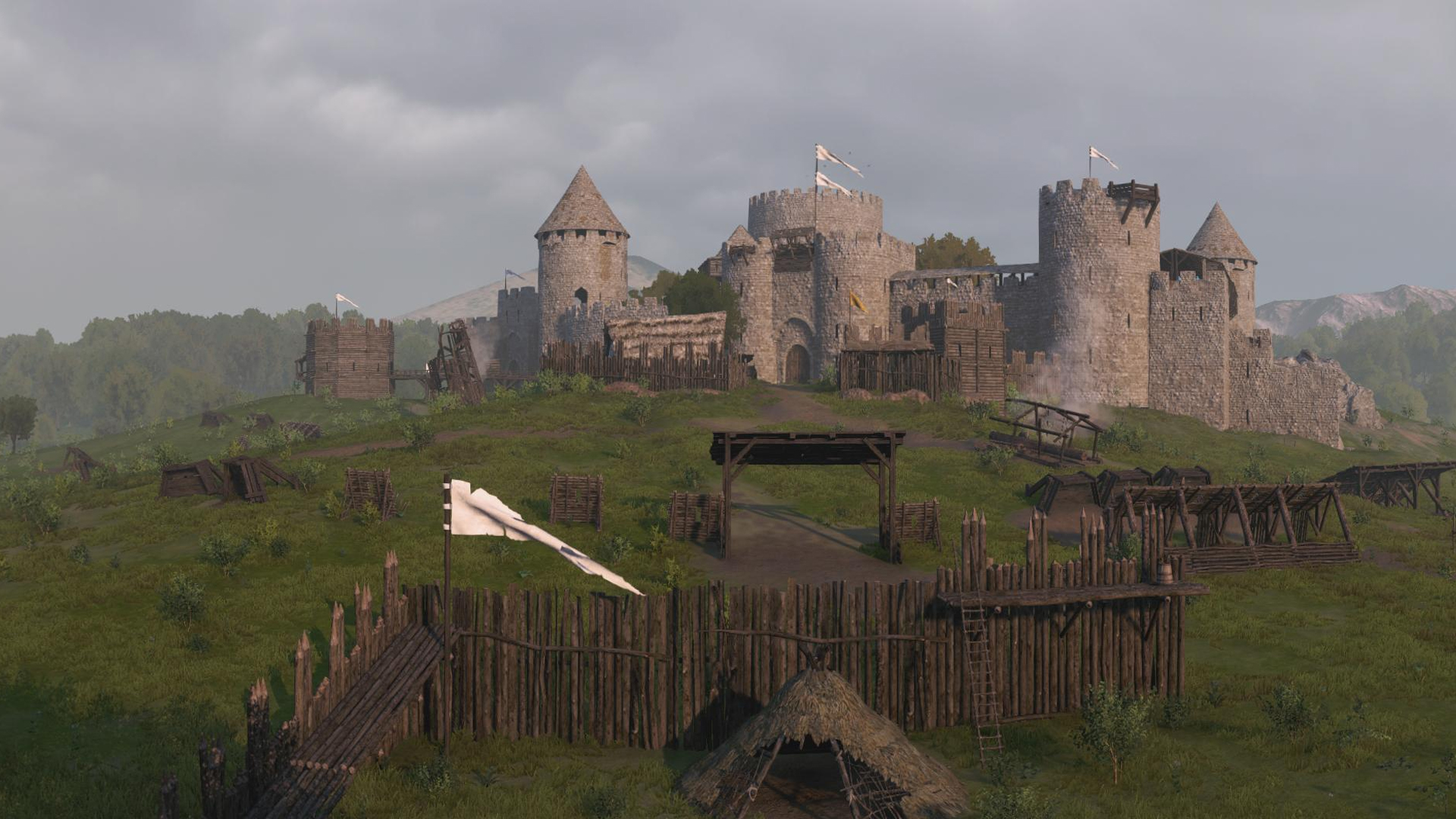
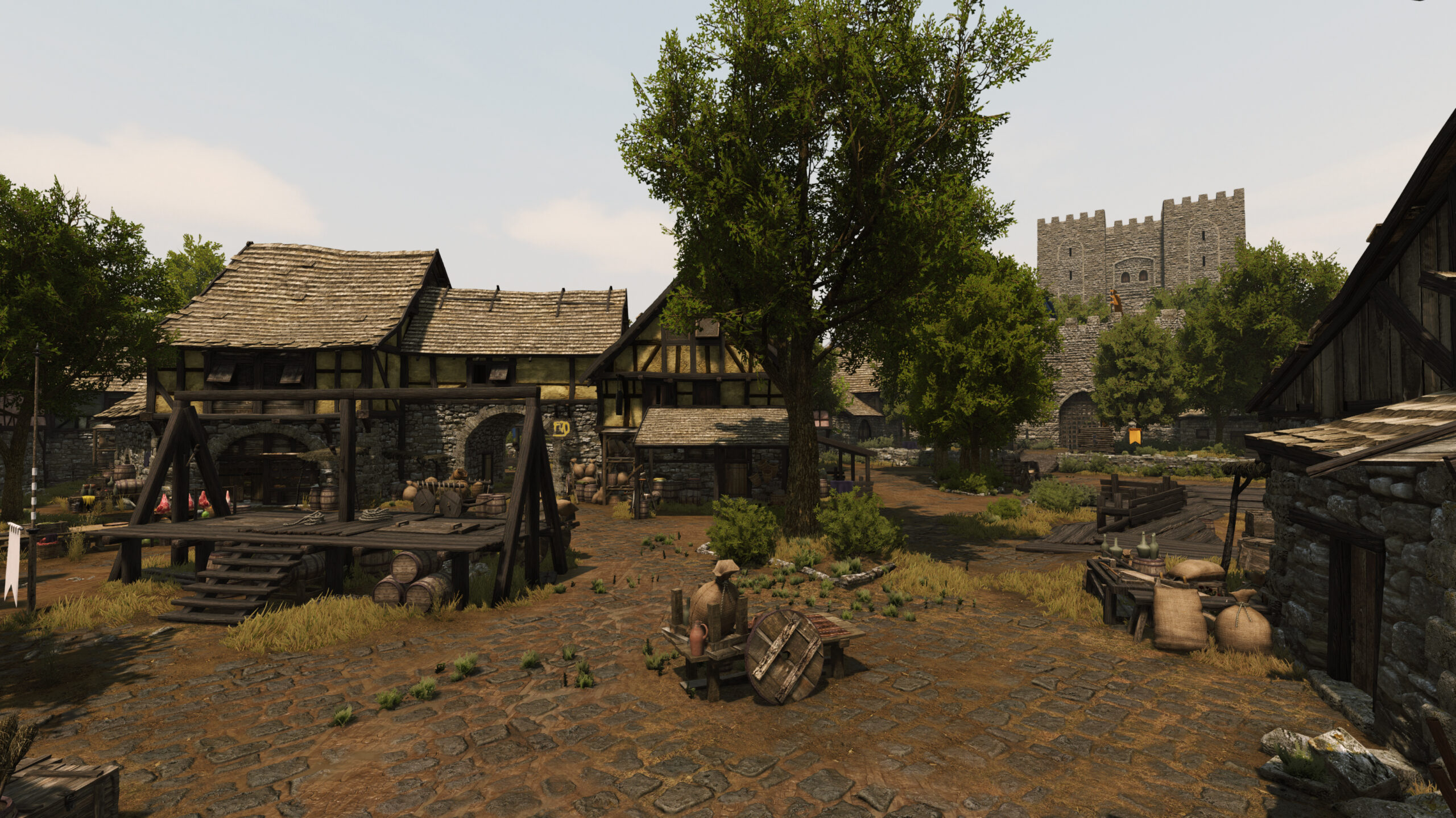
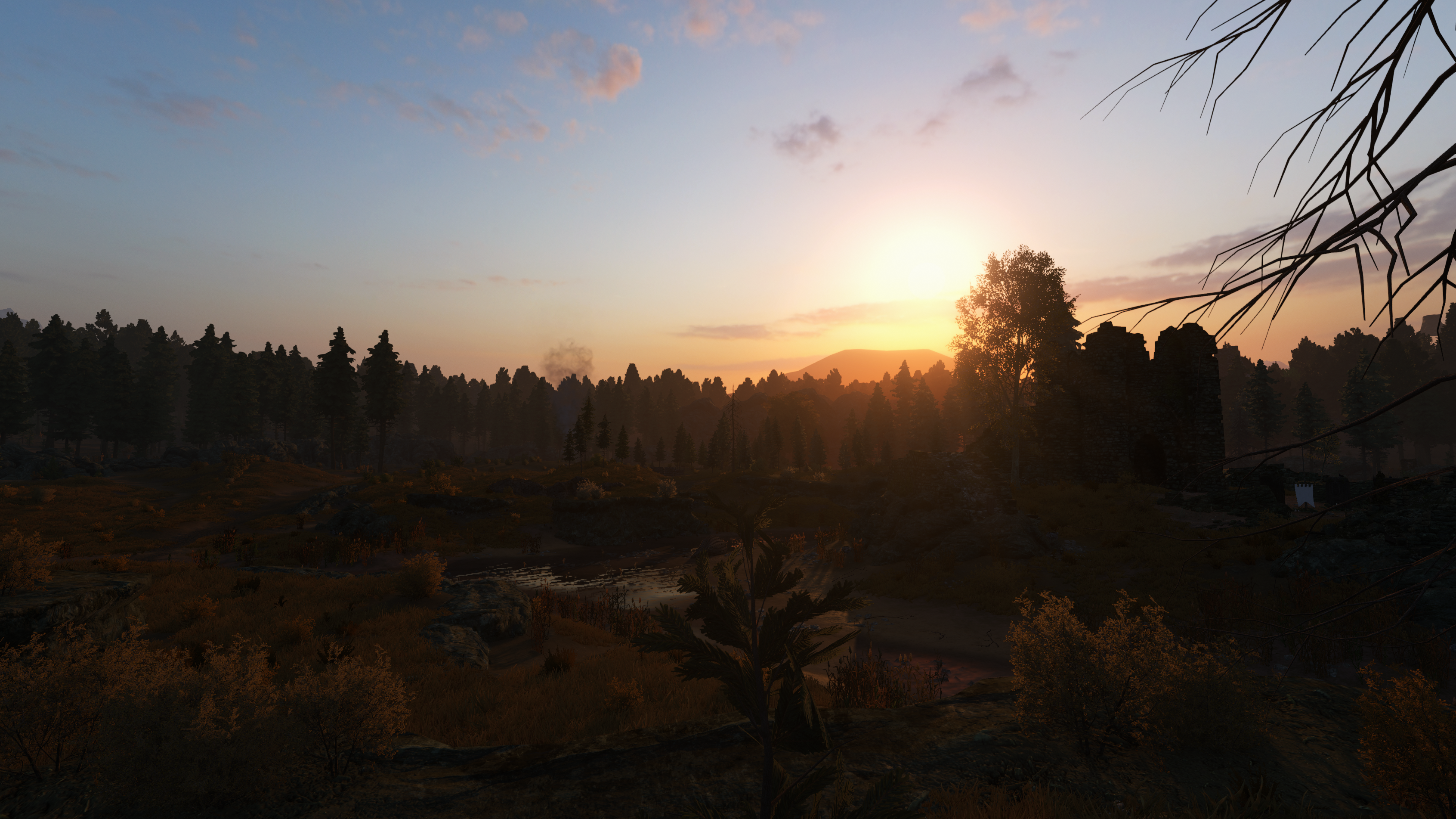
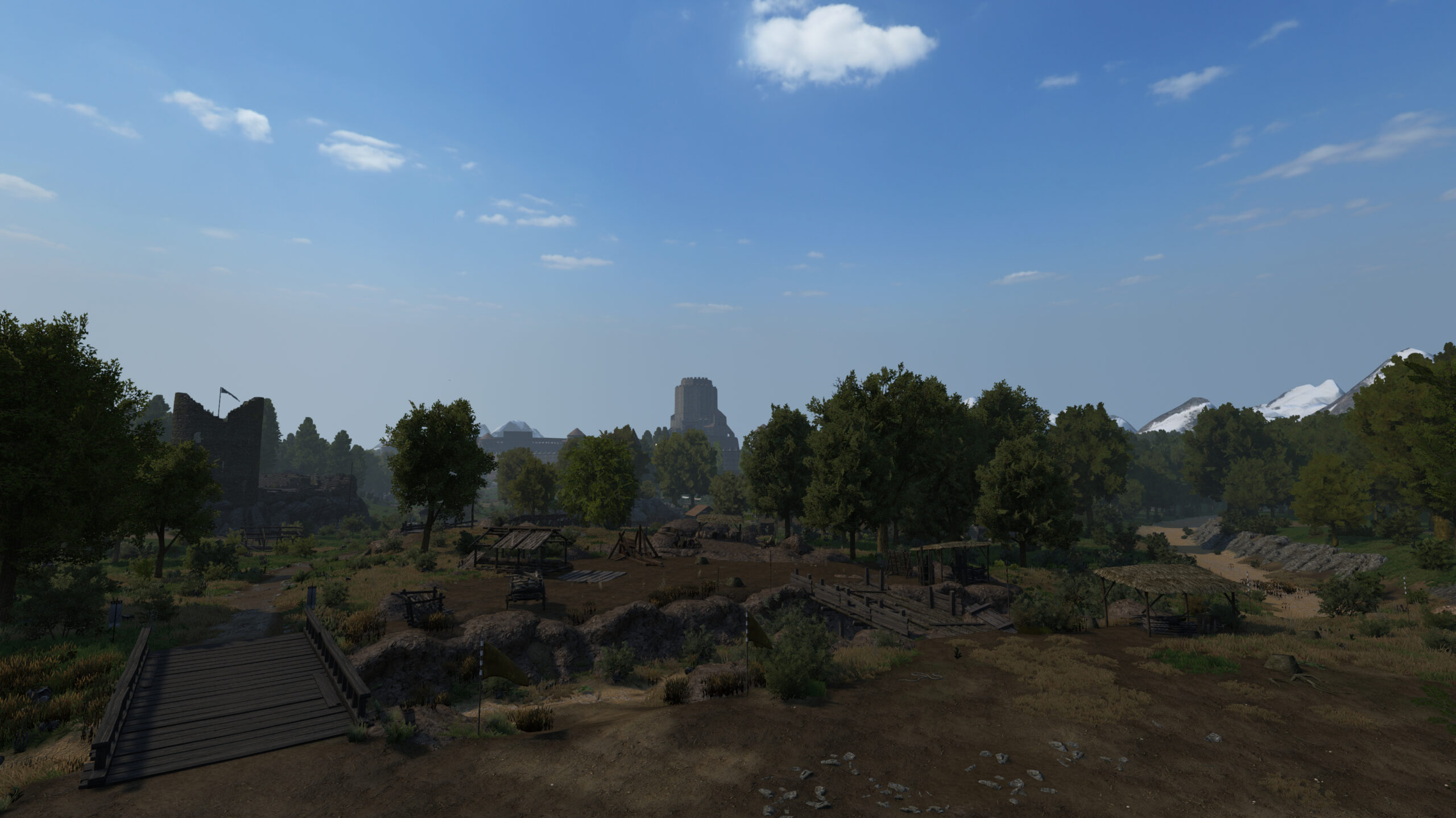
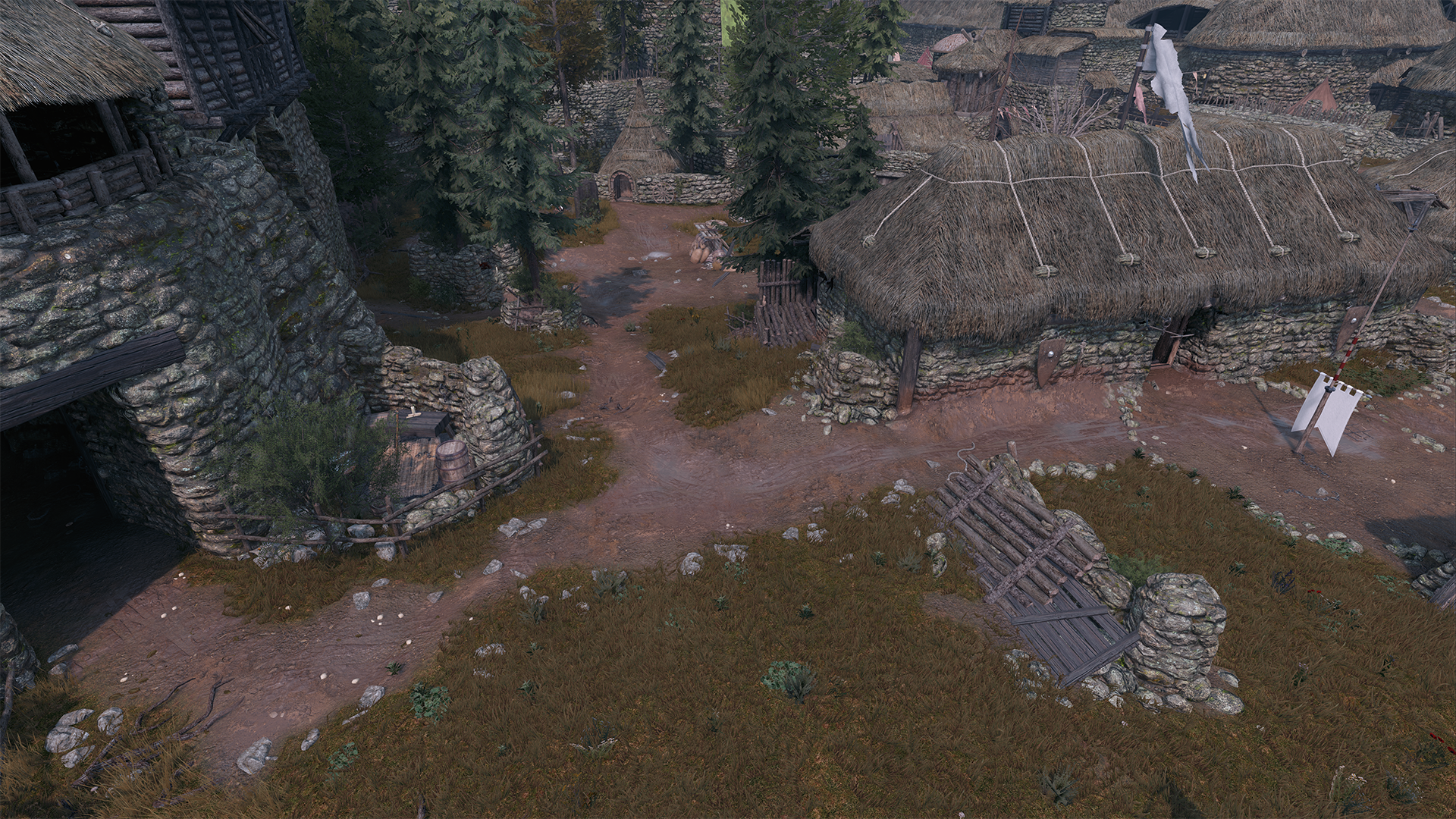
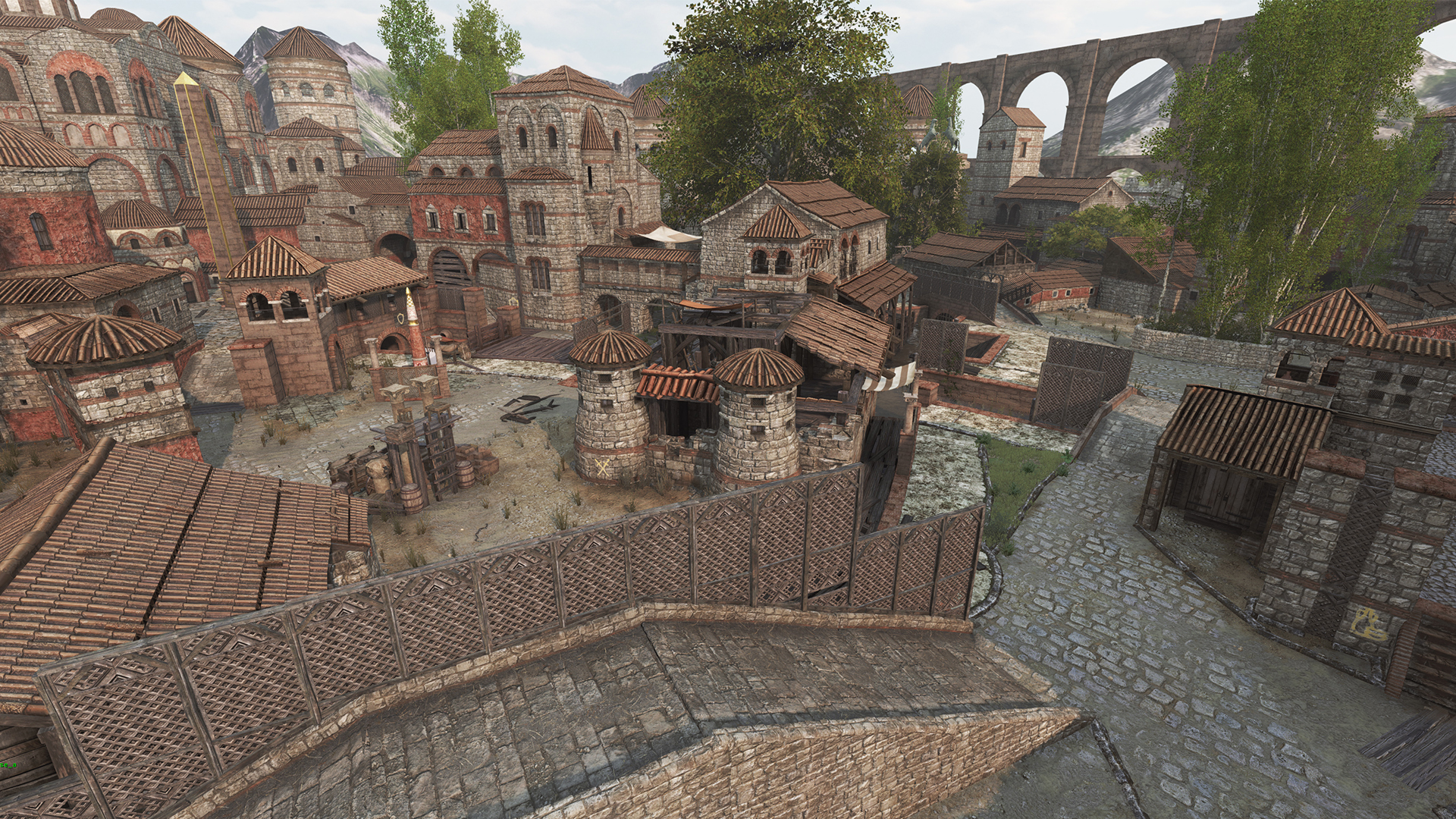
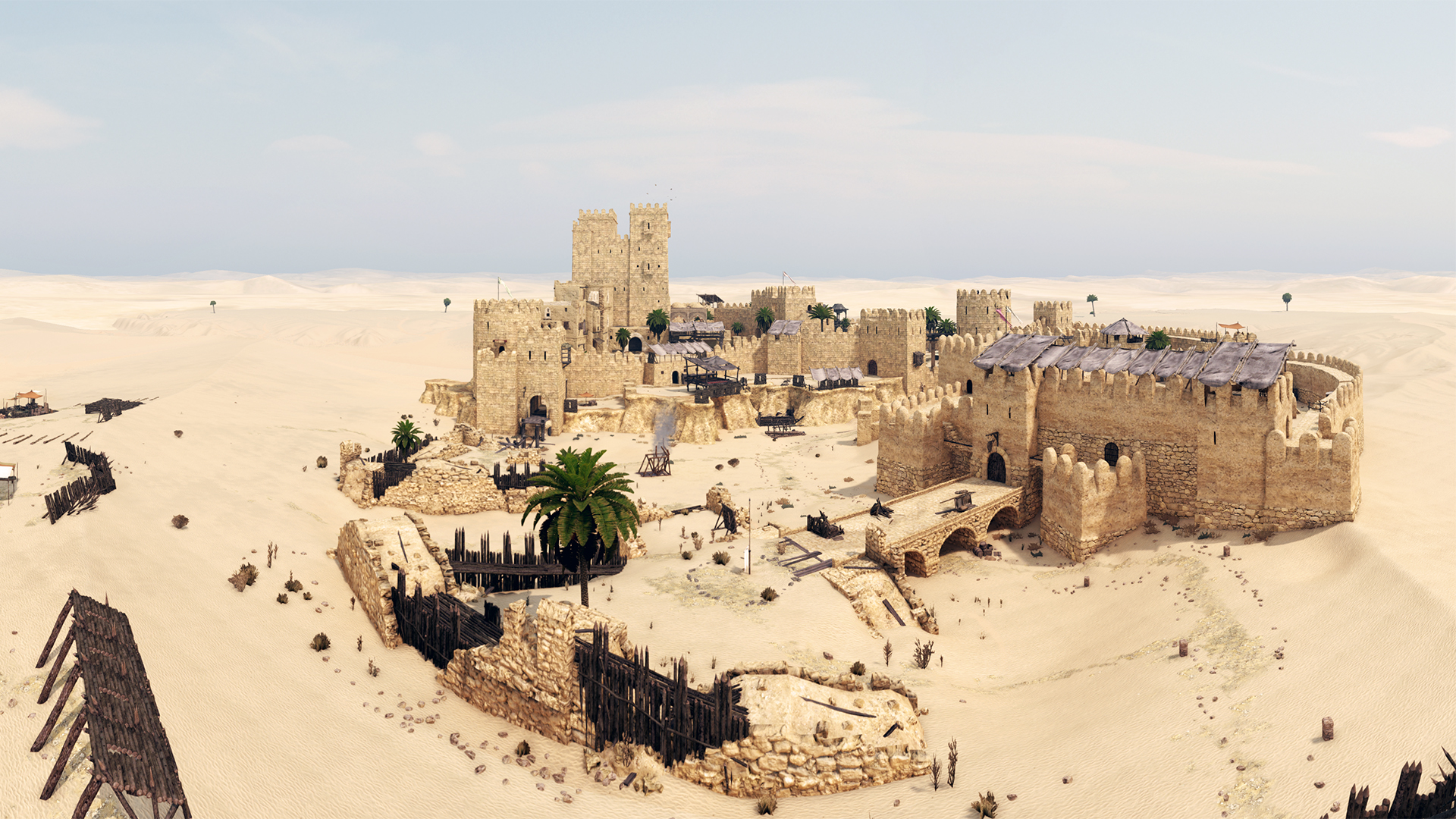
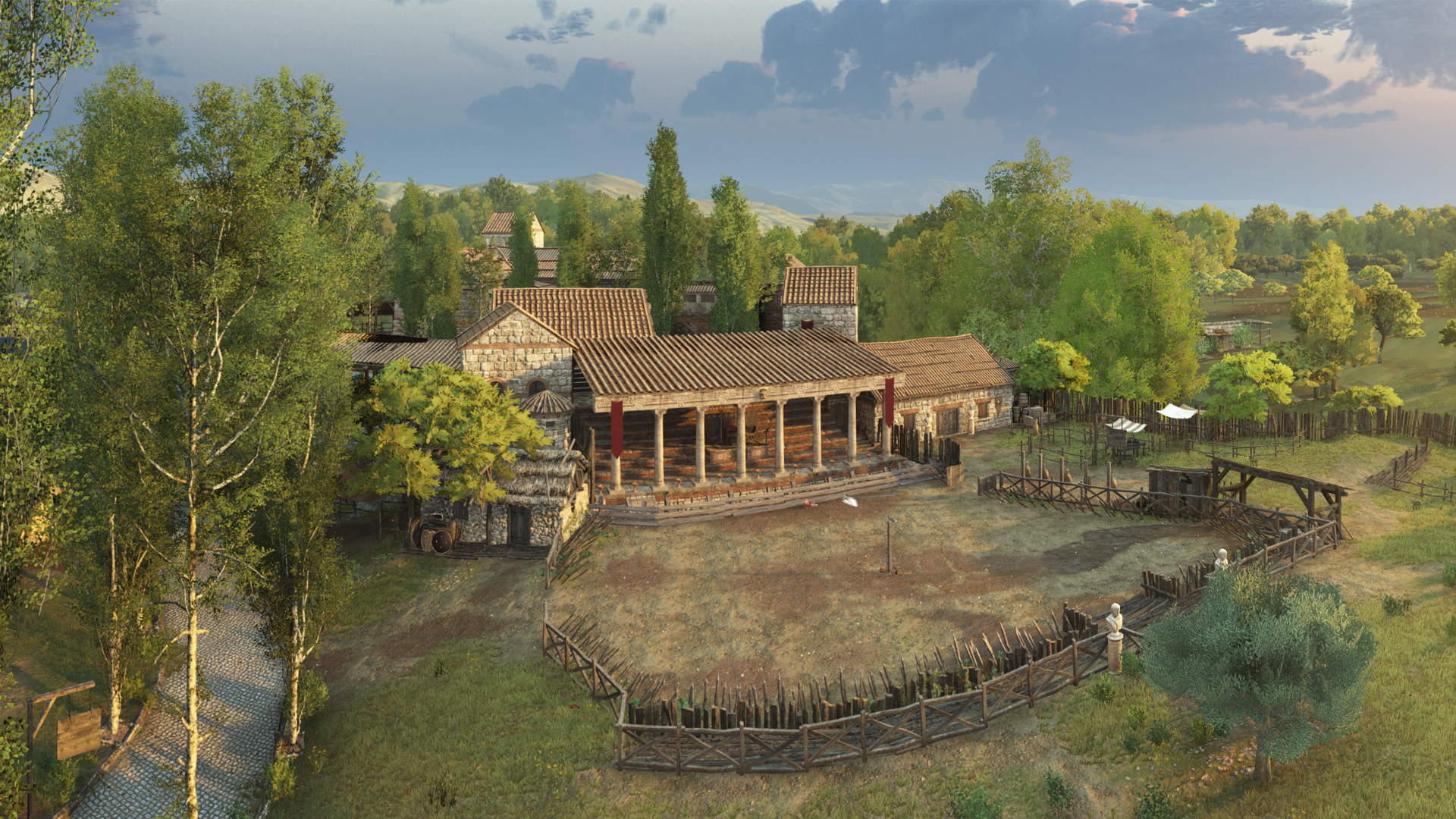
Singleplayer
Castles: Castles host garrisons and act as strategic fallback positions for armies and as a protection for the villages around. Castles can be besieged and conquered.
Cities: Act as central hubs of grand regions in the sandbox campaign. Players can take quests, have brawls in the street, or visit the market, tavern, prison etc. They also host three sizeable areas for players to start their own business / workshop. Cities also act as castles as they can house a garrison, be besieged and conquered.
Battle Terrains: Each area on our world map is connected to a specific battle terrain, so any encounter on the world map will be fought out in the connected level. The parties are then placed along designed paths in the levels, depending on their world map location and orientation. These battles can scale from small skirmishes to 500+ agents in the level at a given time.

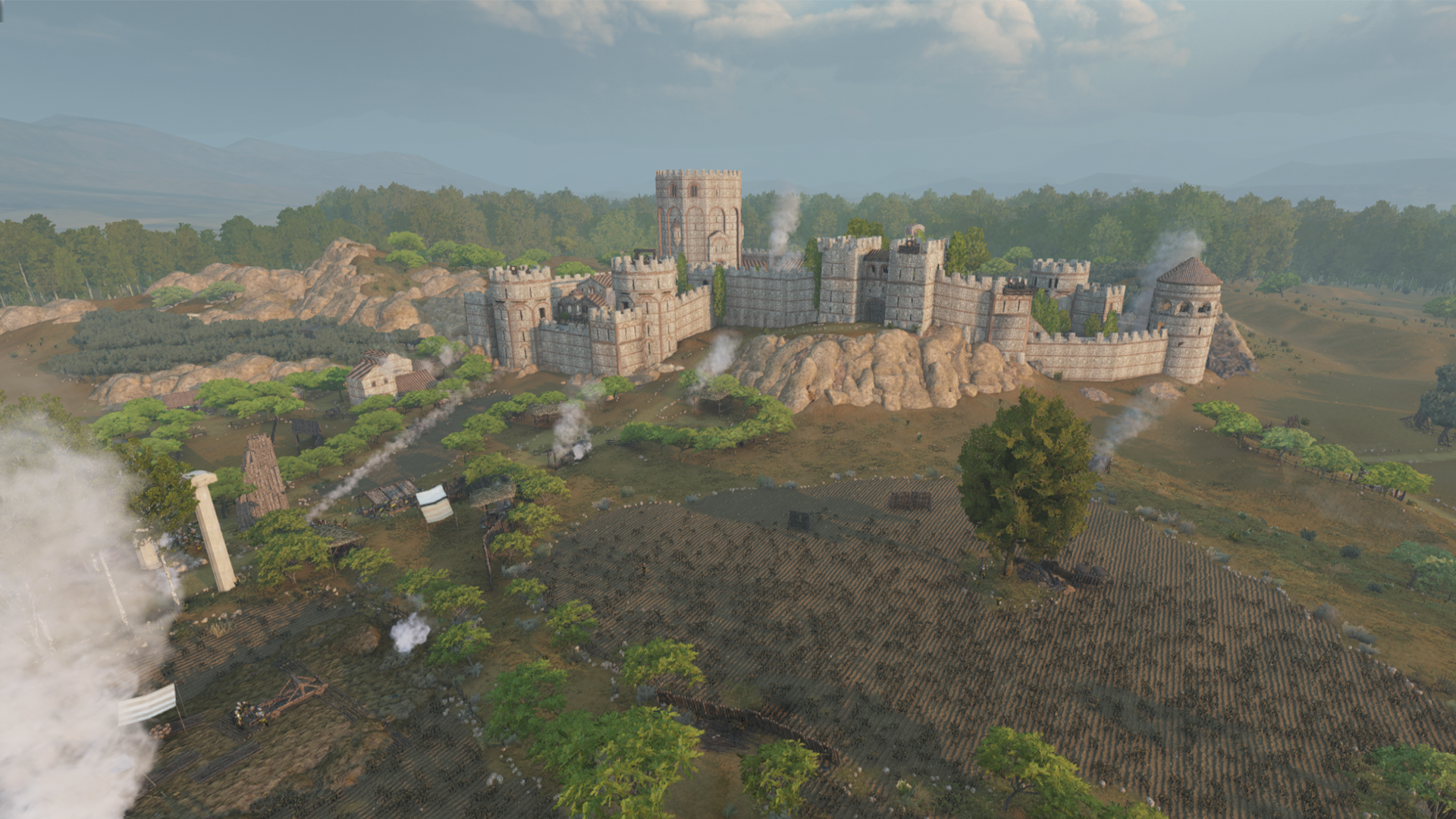
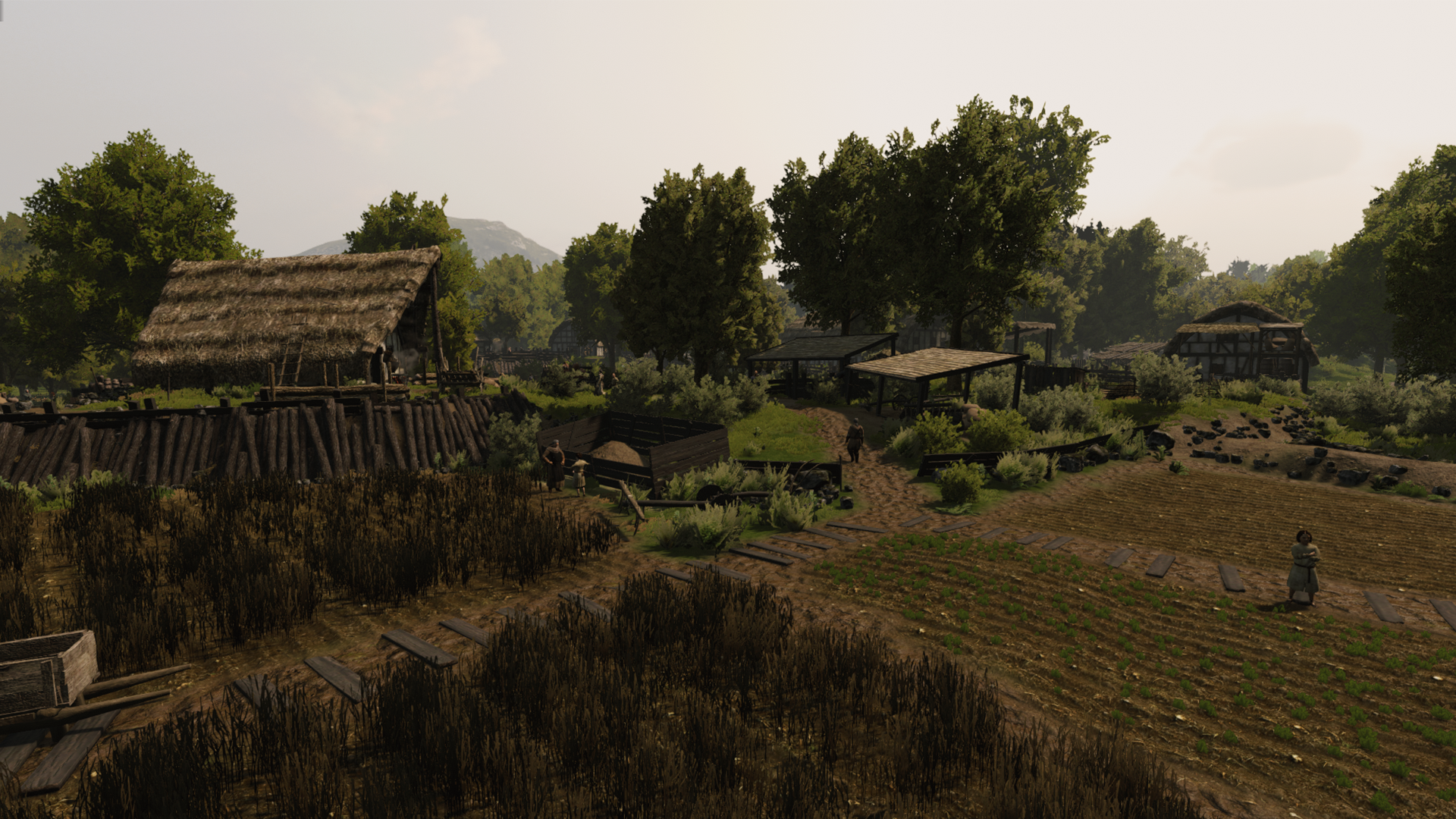
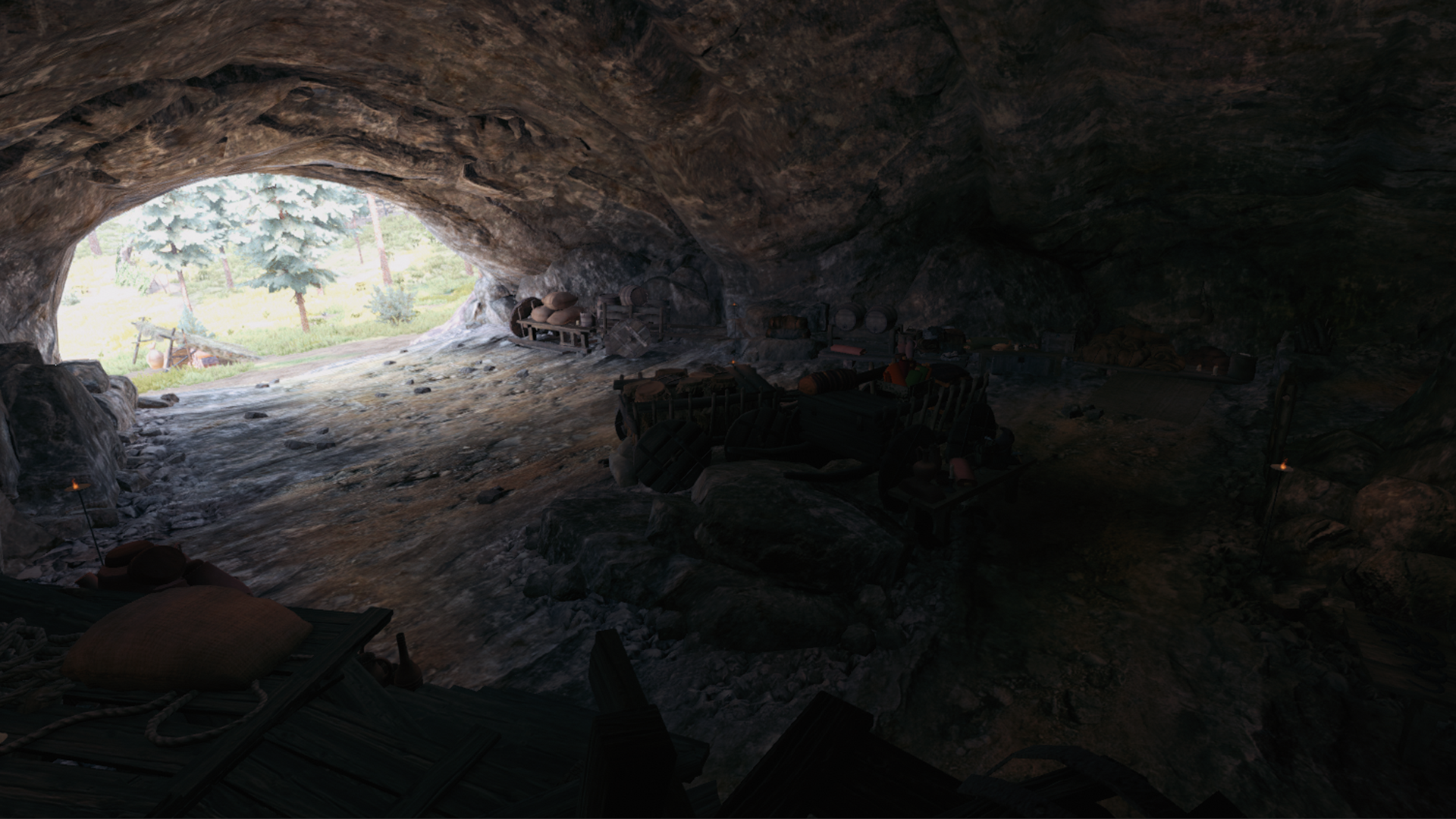
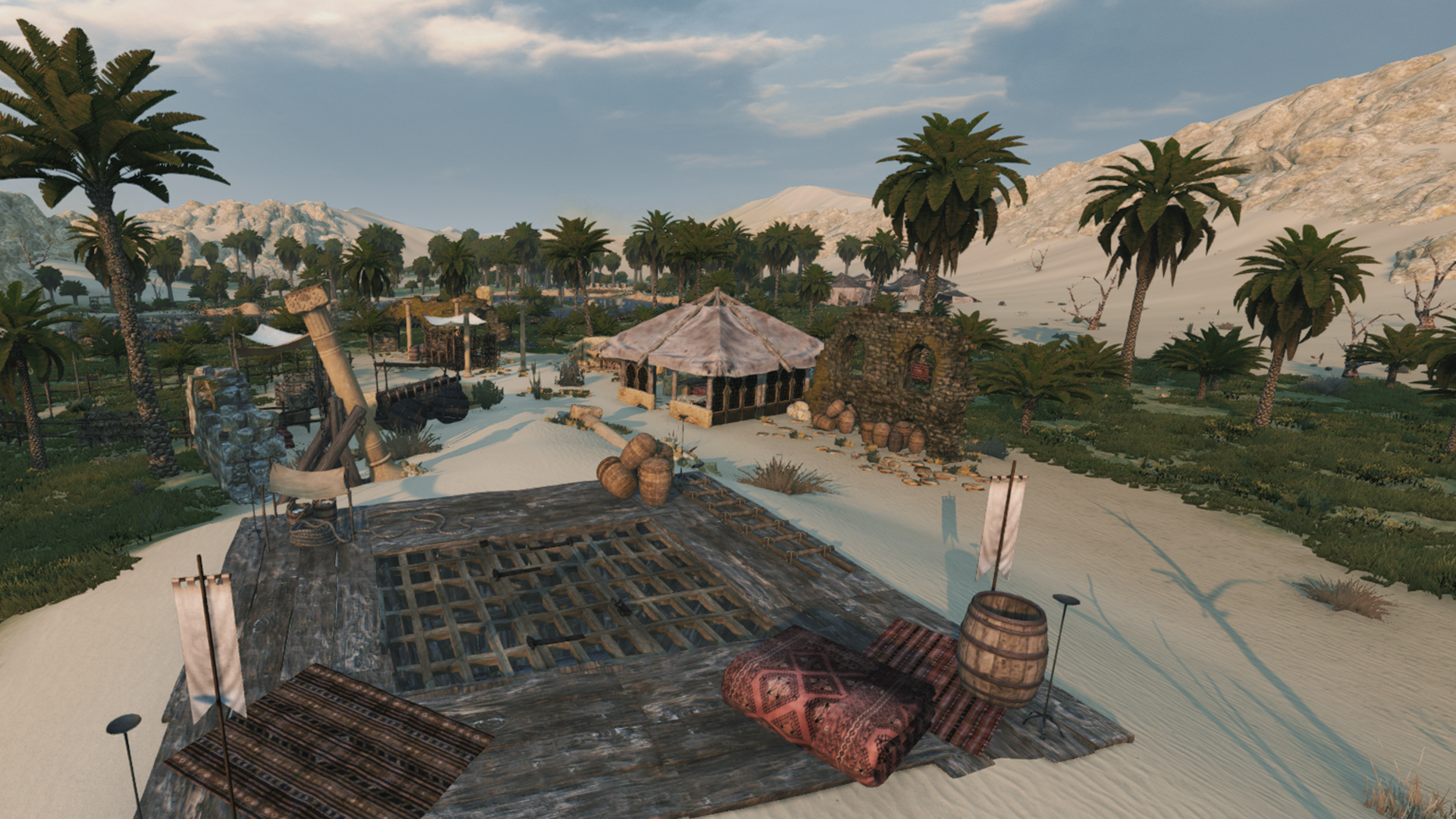
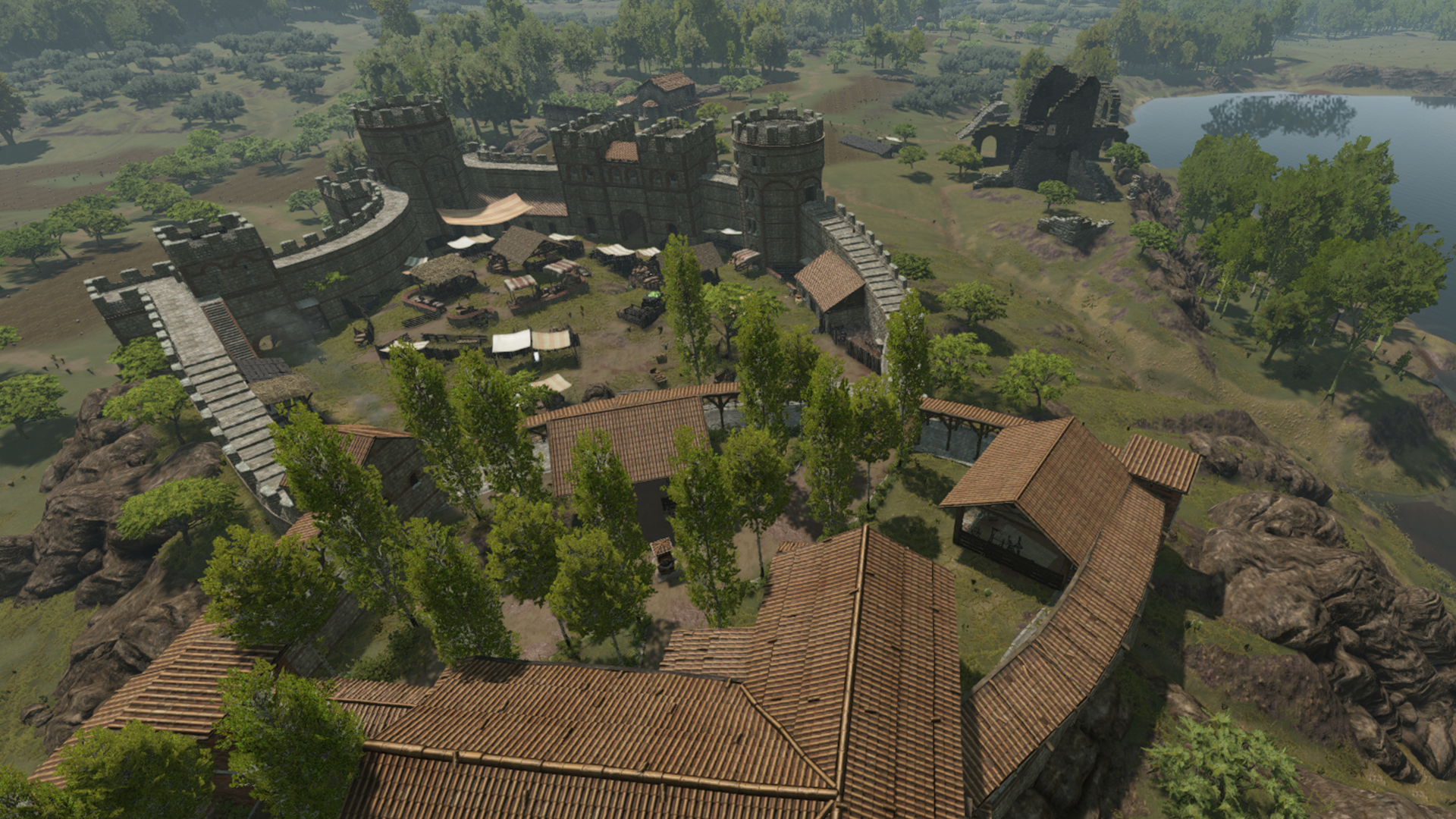
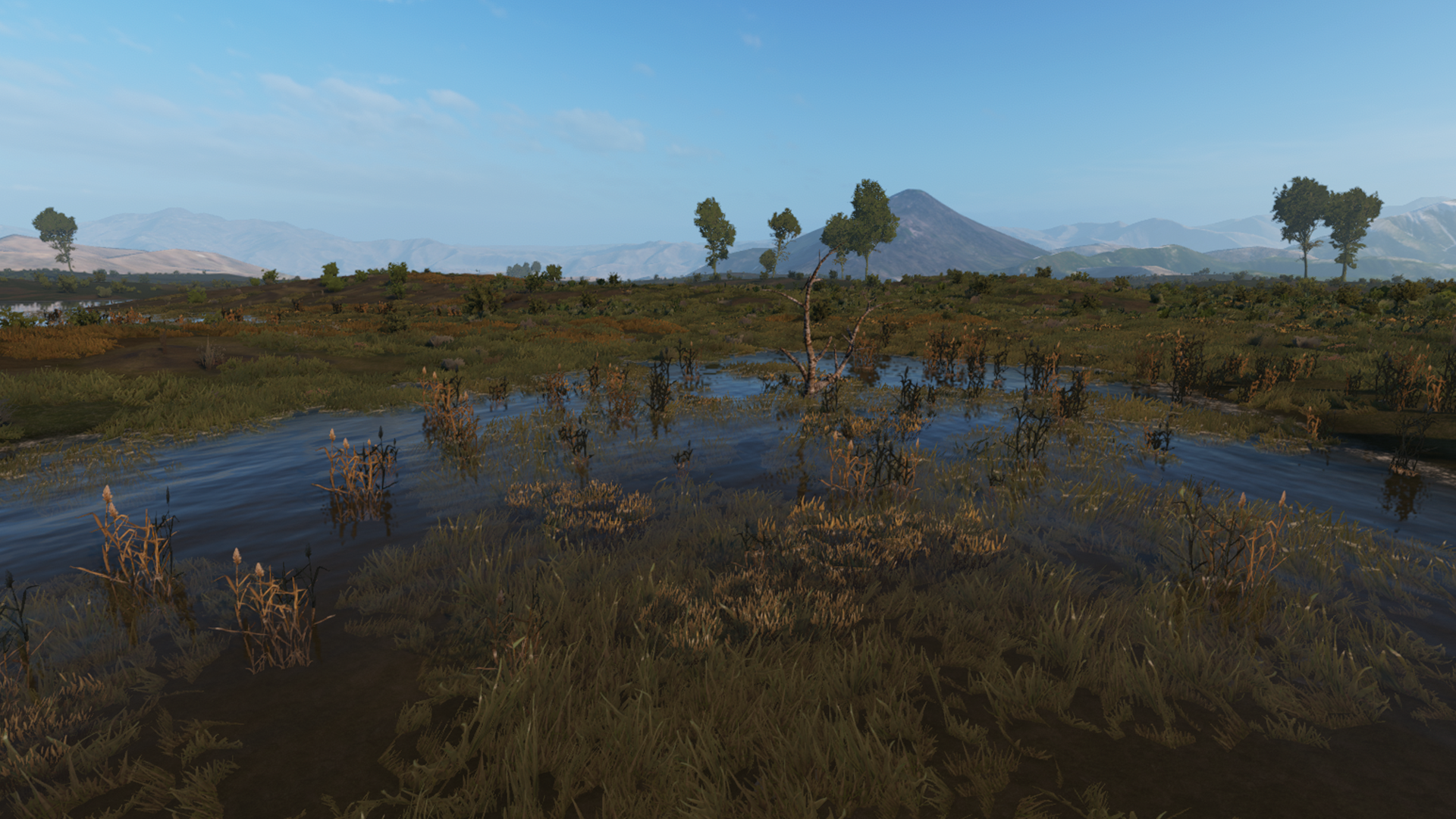
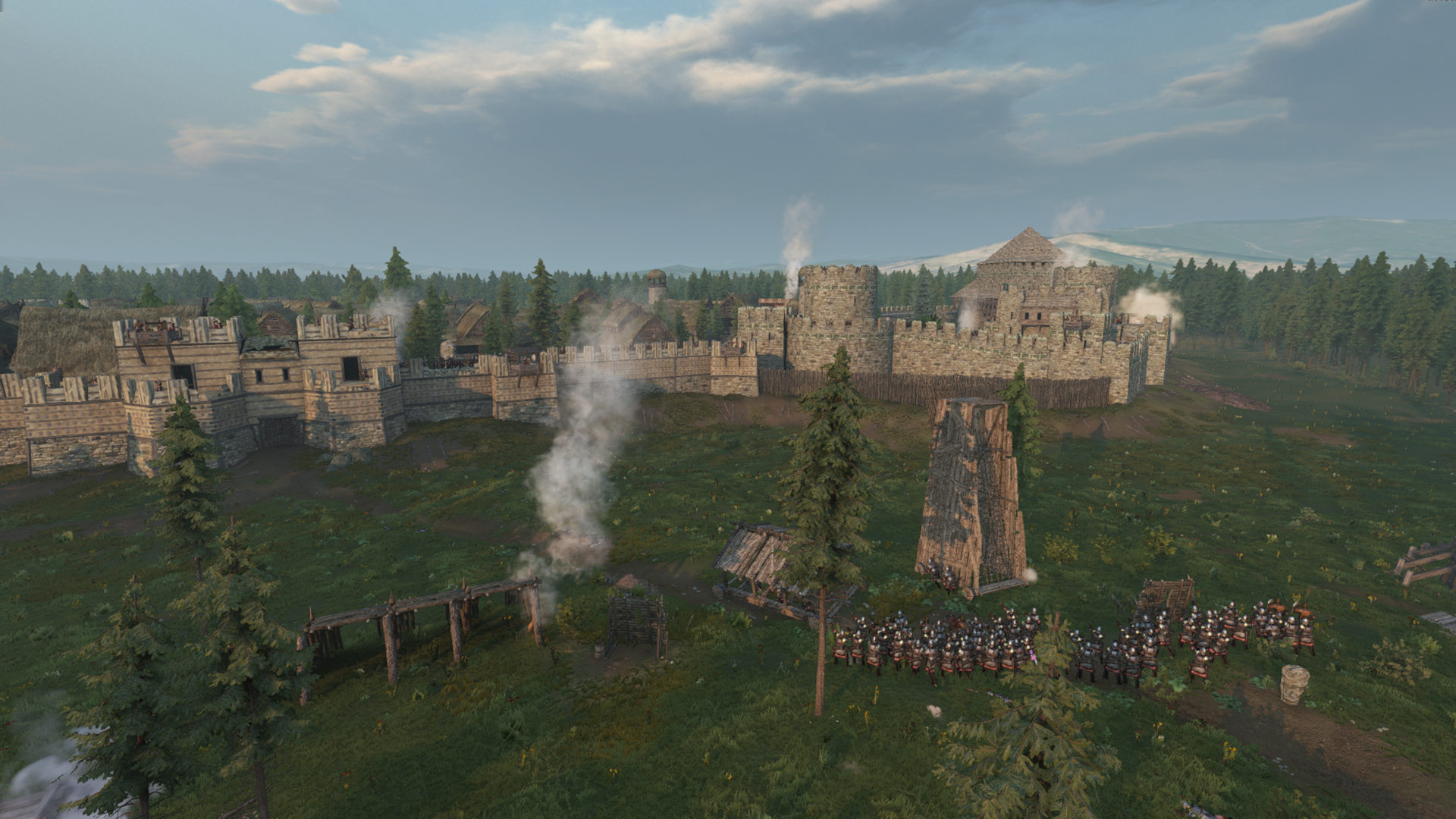
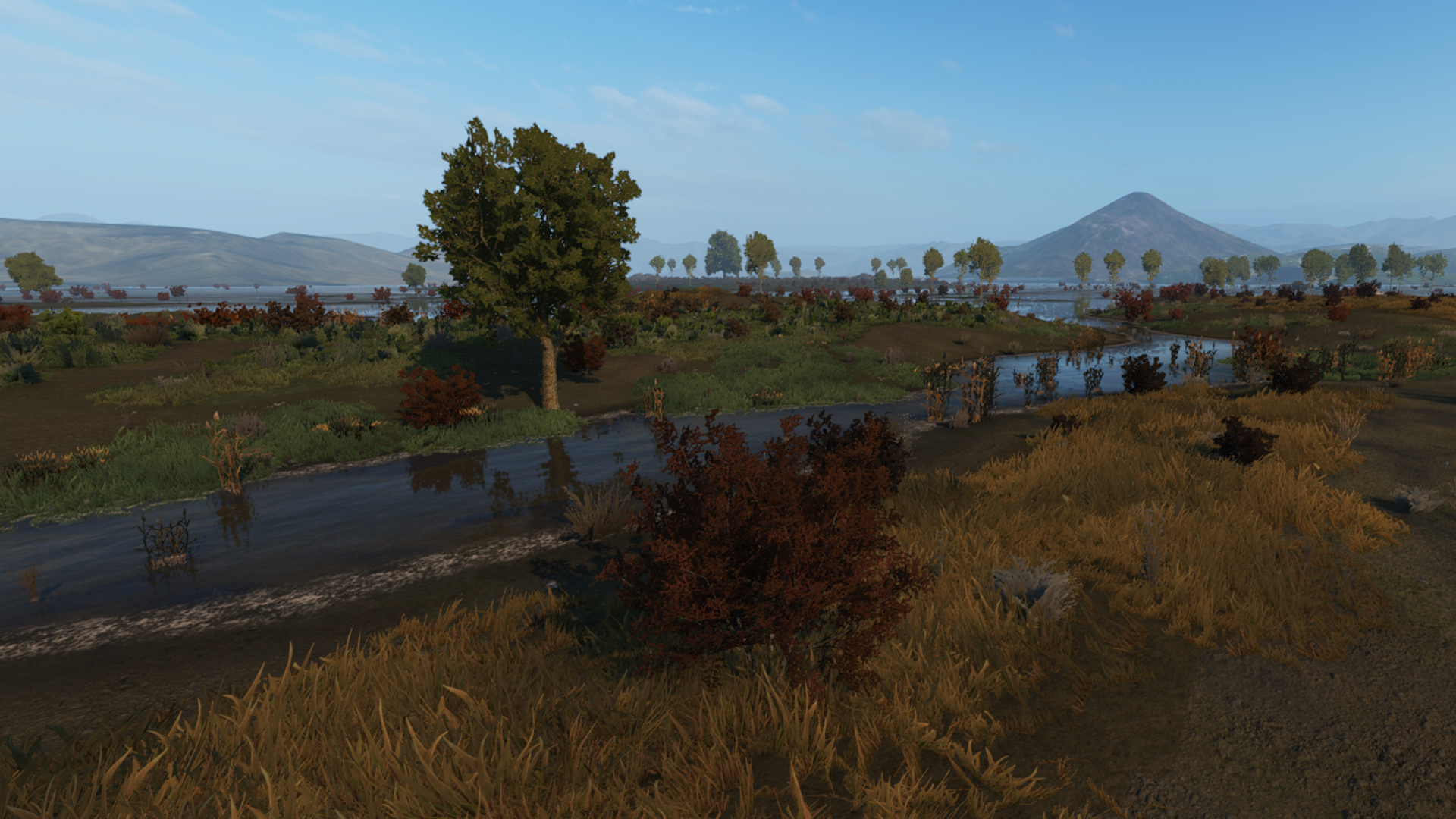
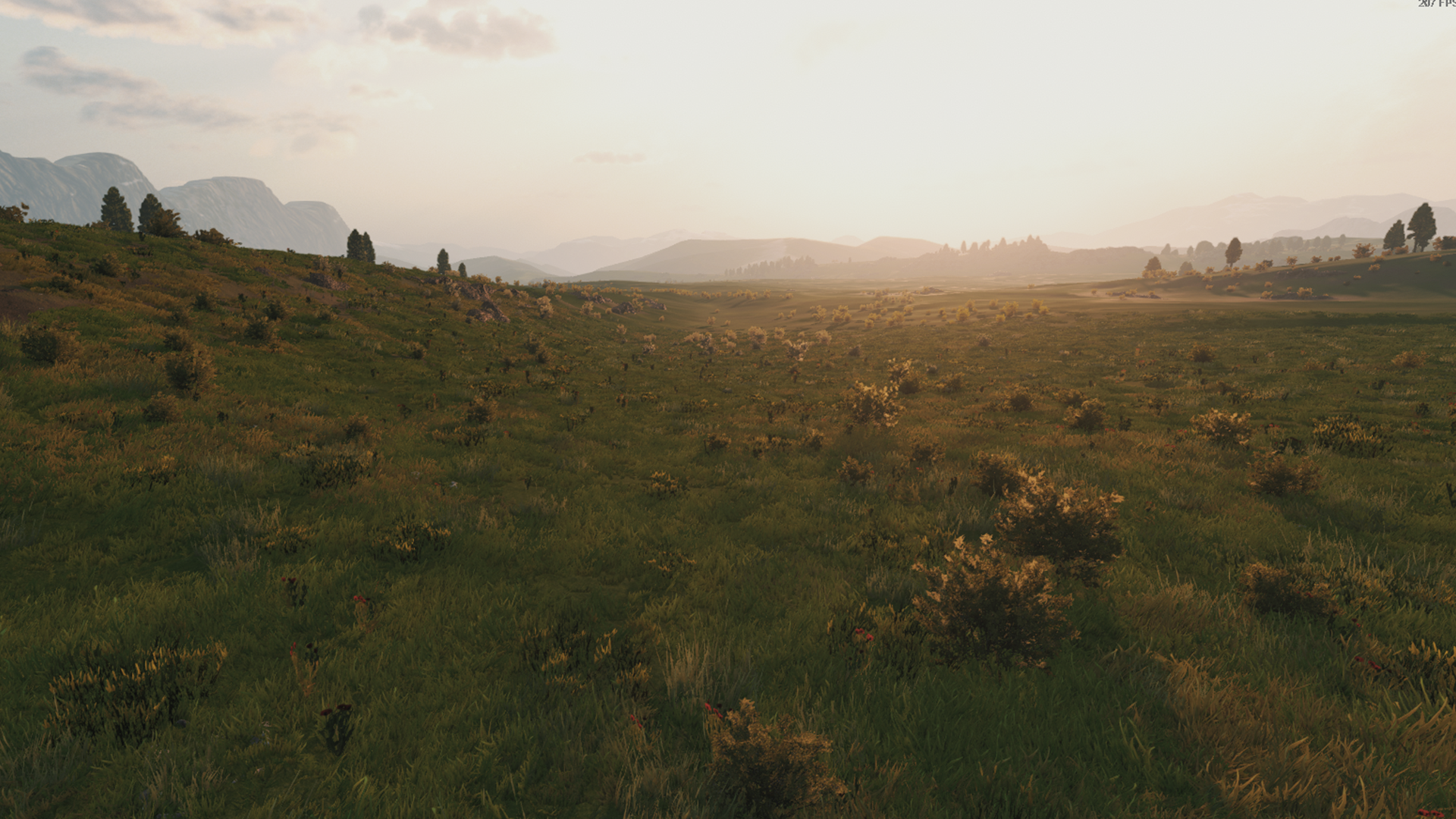

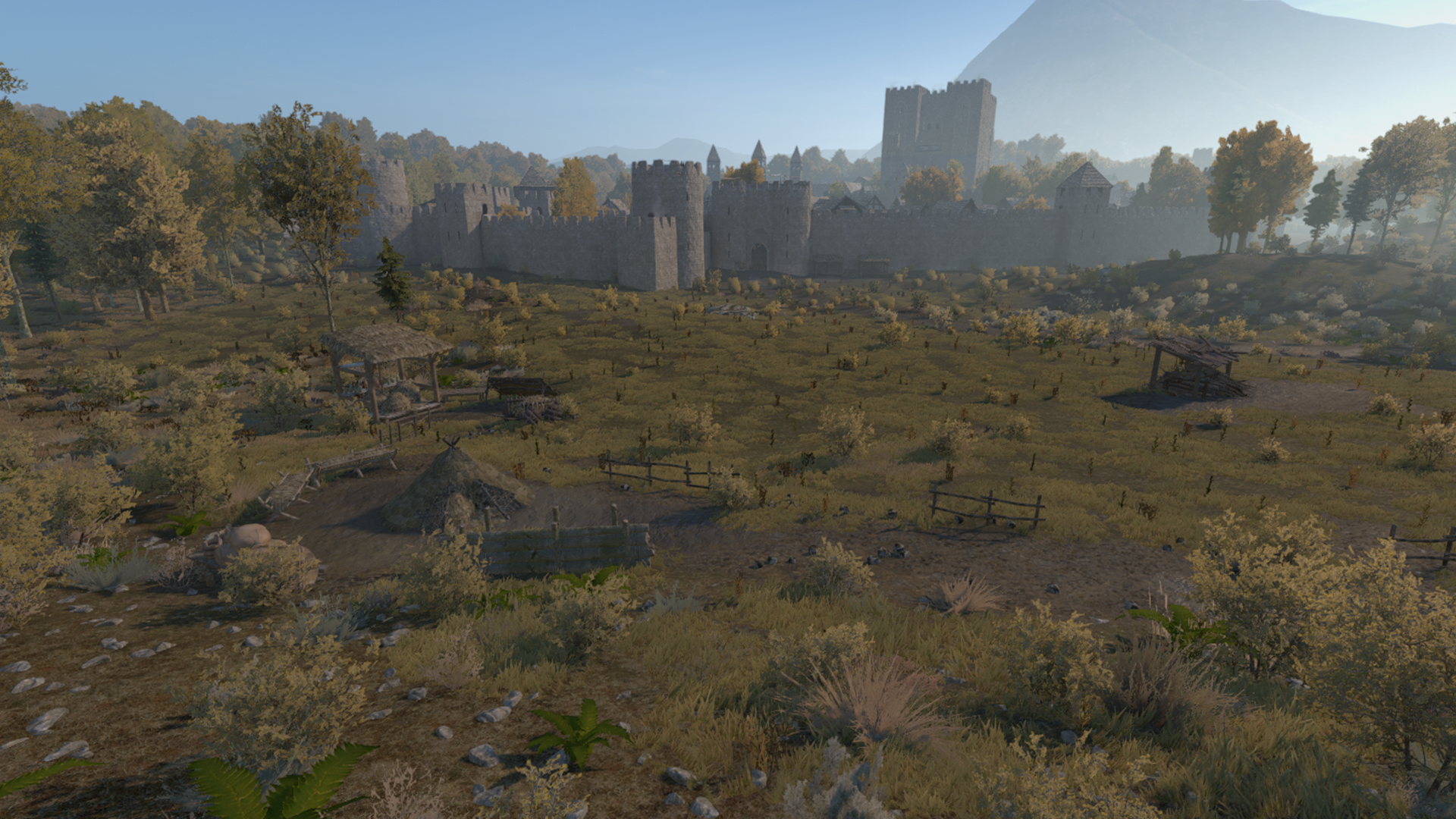
Hideouts: Base of operation for bandit parties. Players can raid these with a small portion of their party. Bandits are placed at certain chokepoints in these levels. These fights stand in big contrast to the huge field and siege battles, especially in the late game, as they force players to take much more personal and riskier fights.
Level Prosperity
In Mount & Blade II Bannerlord each town and castle changes depending on its prosperity, which is driven/changed by the sandbox. This has a visual and gameplay impact both on the campaign map, but also in the missions itself. The walls generally get higher, more defenses are added and the city grows.
For level designers this adds an extra layer of complexity, since every new siege layer requires its own nav mesh and technical adjustments for things such as siege towers, siege ladders, defensive archer positions and many more. Also players expect cities/castles with the “better” walls to be a bigger challenge to siege.
This is why we are adding extra defensive structures to create more positions for defending archers to shoot from, or stronger chokepoints to hold for the infantry.

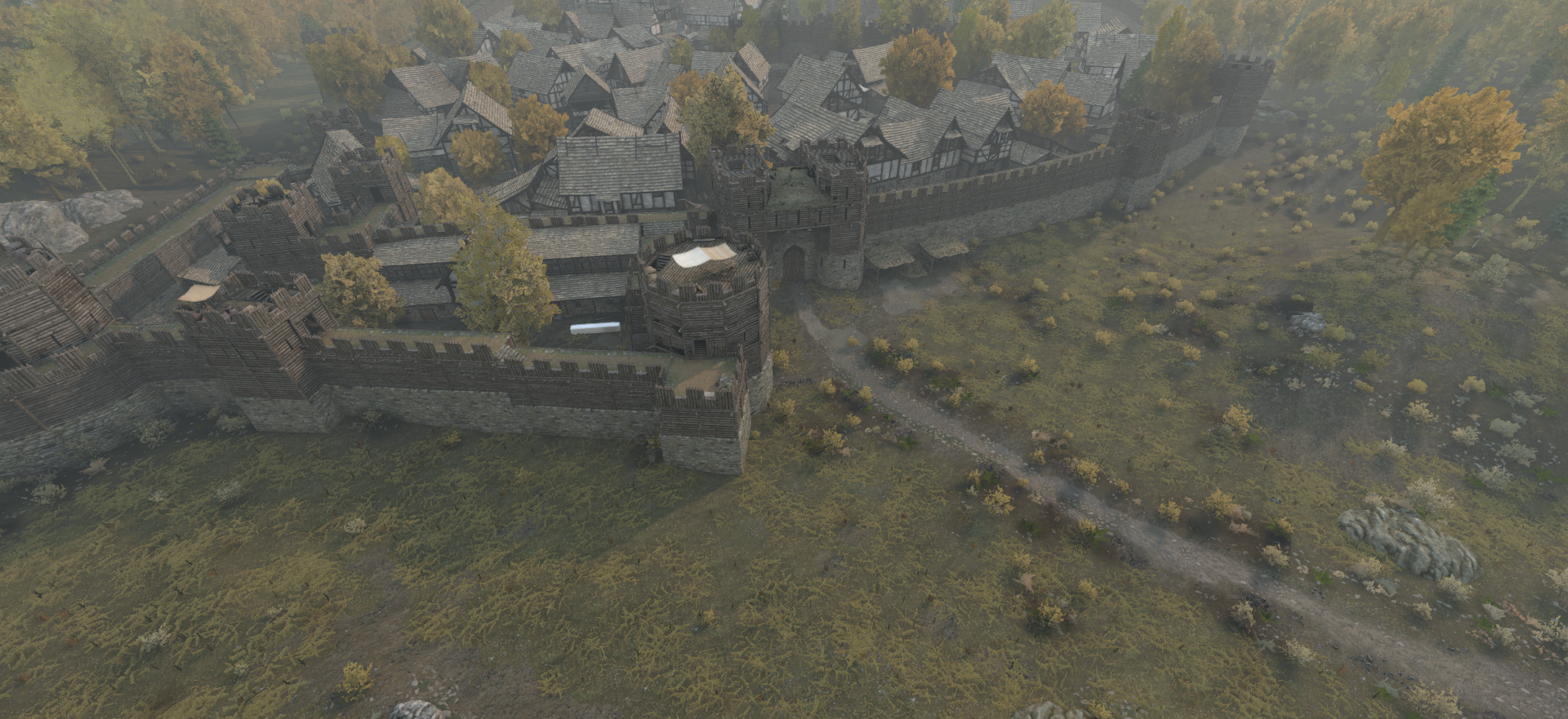
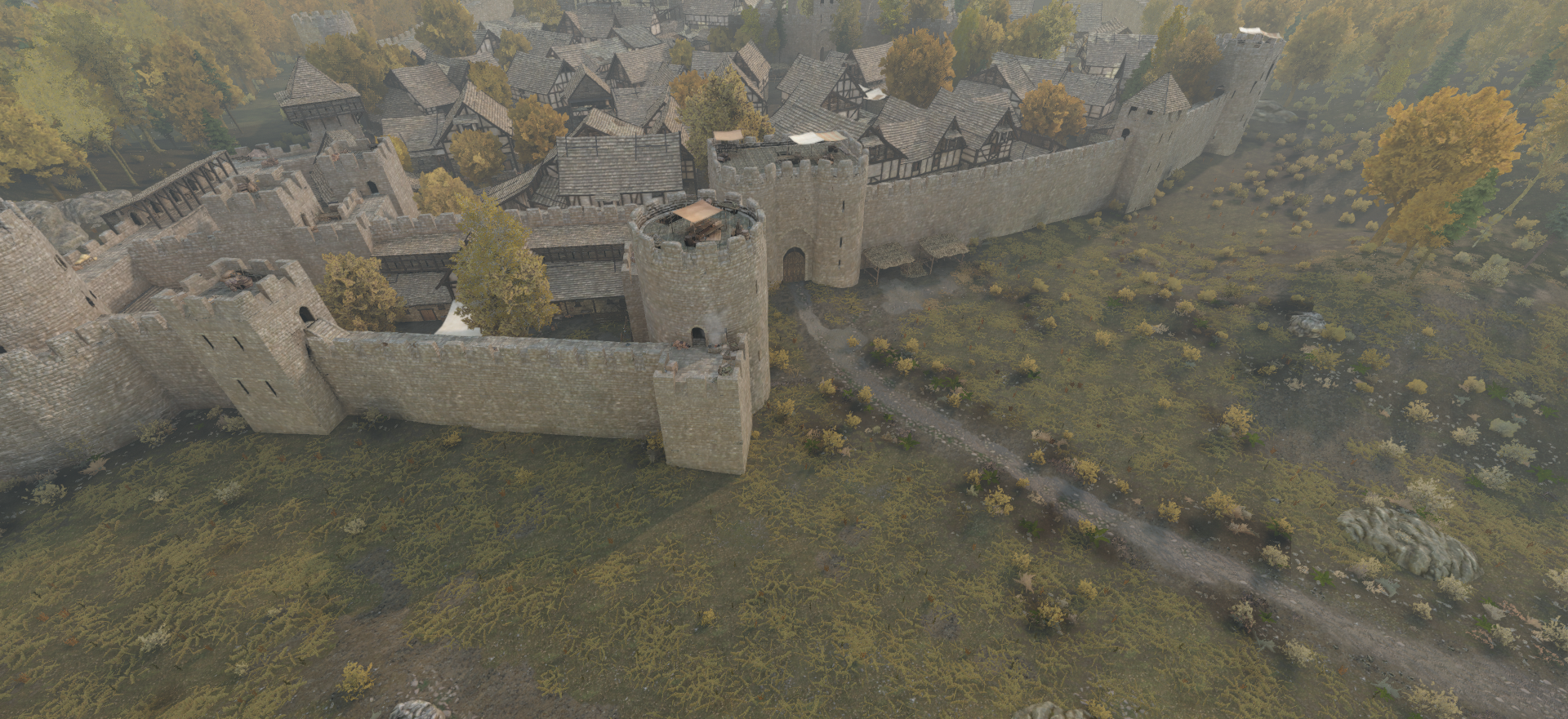
All 3 wall levels, each adding more surface area for defenders to operate on
Atmosphere
Scenes in Mount & Blade II Bannerlord change their appearance depending on the state of the campaign map. So any level needs to work at night and day, so torches and other helpers need to be placed accordingly.
But more importantly any level also needs to work with all of the 4 seasons. For that our engine (RGL) provides us with tools to change texture and flora terrain layers depending on the atmosphere. This makes it very easy to reduce grass during winter, or paint it a little greener during spring.
Assets in the level need a similar amount of attention, during winter you would expect market stalls to sell different kinds of goods than in summer. All this can be directed via scripts on placed prefabs.
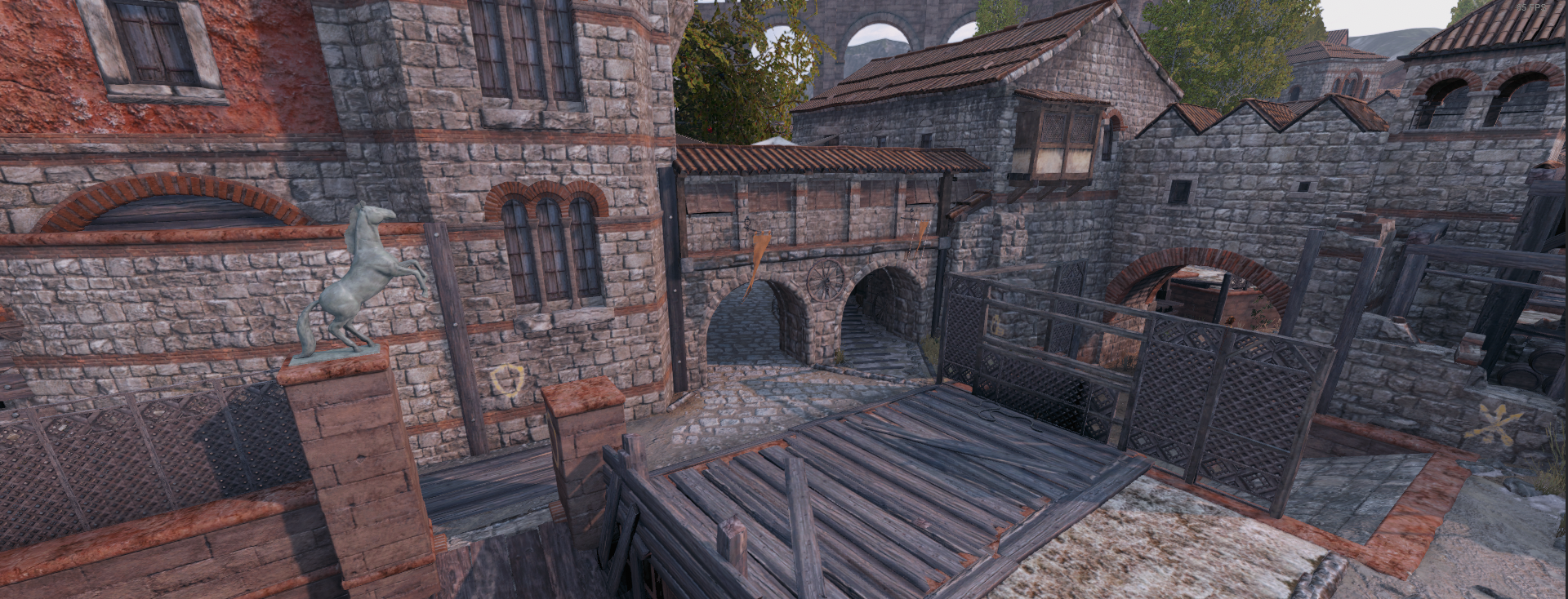
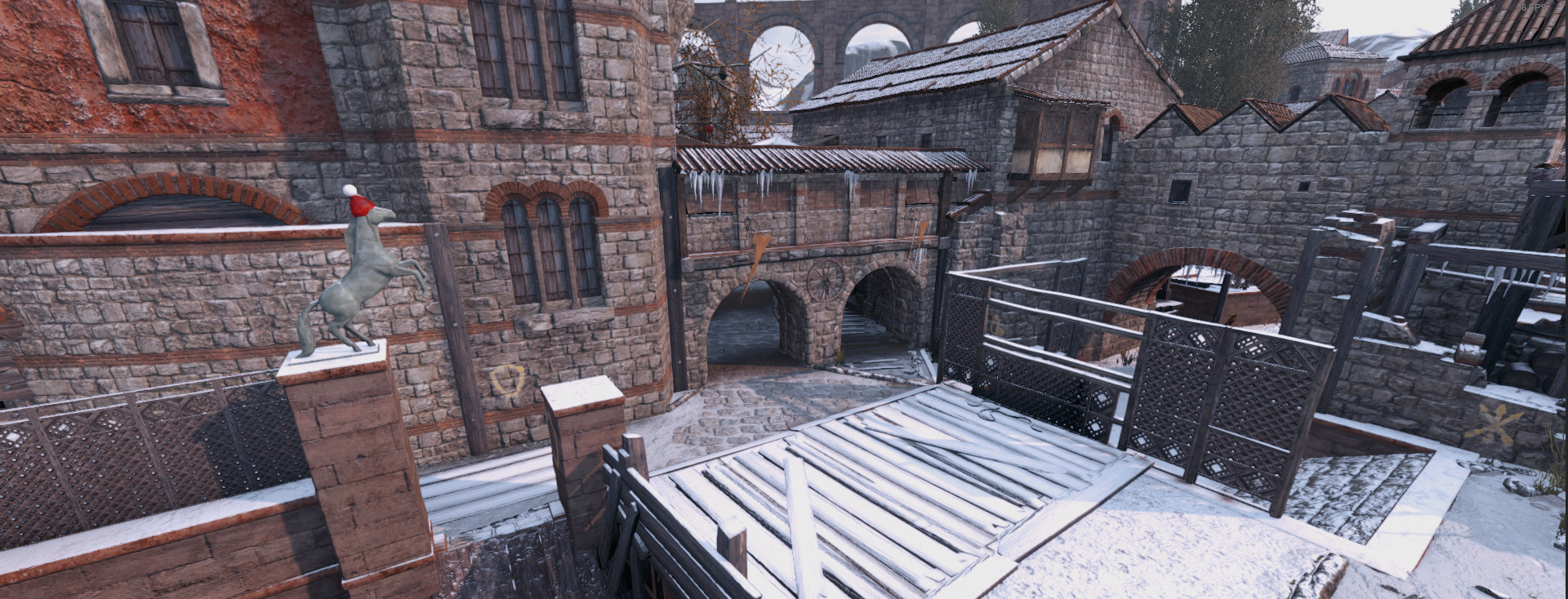
Extreme contrast between the winter and summer version. This atmosphere change was part of our multiplayer season events, so ignore the silly hat!
Contact
Email paul[at]kaloff[dot]dev
LinkedIn in/paul-kaloff